Burn Injury Lawyer Manhattan: Navigating Bus Cases, Maximizing Compensation in Brooklyn

Bus Company Liability Cases Brooklyn require legal expertise to navigate intricate personal injury l…….
In the bustling urban landscape of Brooklyn, New York, bus companies play a vital role in providing public transportation, connecting communities, and ensuring mobility. However, alongside this essential service, there exists a critical aspect often in the spotlight: bus company liability cases. These legal encounters not only shape the operational boundaries of bus carriers but also significantly impact passenger safety, insurance practices, and community trust. This comprehensive article aims to delve into the intricate world of bus company liability cases specific to Brooklyn, exploring their definition, global implications, economic factors, technological influences, regulatory framework, challenges, and future trajectories. By unraveling these aspects, we gain valuable insights into how this legal domain contributes to the broader narrative of urban mobility and passenger protection.
Definition: Bus company liability cases refer to legal proceedings arising from incidents involving buses operated by private or public transit companies. These cases encompass a range of scenarios, including accidents, injuries sustained by passengers, property damage, and disputes related to bus service operations. The primary focus lies in establishing negligence, determining financial responsibility, and ensuring fair compensation for affected parties.
Core Components:
Accident Investigation: A crucial initial step involves thorough investigation to ascertain the cause of the incident. This includes examining vehicle maintenance records, driver logs, passenger testimonies, and physical evidence.
Negligence Determination: Legal experts assess whether the bus company or its employees exhibited negligence, such as speeding, poor vehicle conditioning, or imprudent driving, leading to the accident.
Liability Assessment: This stage involves proving direct correlation between the company’s actions (or inactions) and the resulting harm, ultimately establishing legal liability.
Compensation Claims: Affected individuals or their families may file claims for medical expenses, lost wages, pain and suffering, or property damage, seeking financial redress from the liable party.
Historical Context:
The concept of bus company liability has evolved over time, reflecting changes in transportation regulations and public expectations. Historically, bus companies faced limited legal obligations, often leaving passengers with few recourse options in case of accidents. However, significant improvements in safety standards and passenger rights have led to a more robust legal framework. In the 1970s and 1980s, several high-profile bus crash cases sparked public debates, ultimately prompting stricter regulations and enhanced liability protocols for transit operators.
Bus company liability cases are not confined to Brooklyn; they have global implications, with varying legal interpretations and practice standards across regions.
International Influence:
North America: The United States, including New York State (Brooklyn’s jurisdiction), has a well-established legal framework for bus liability, often influenced by federal regulations like the Americans with Disabilities Act (ADA). Canada, too, follows similar principles, emphasizing duty of care and negligence as key determinants in liability cases.
Europe: European countries exhibit diverse approaches, with some adopting strict liability rules for public transport operators, while others maintain a more traditional negligence-based system. The UK, for instance, has a blended approach, recognizing both strict liability for certain hazards and the need to prove negligence in other circumstances.
Asia: Countries like Japan and South Korea have robust bus safety regulations, with legal systems focusing on operator responsibility and passenger protection. In contrast, some Southeast Asian nations may have less stringent laws, posing challenges for international bus tour operators.
Regional Trends:
| Region | Key Trends |
|---|---|
| North America | Increasing focus on technology integration (e.g., automated driving systems) and enhanced passenger safety features. Strict compliance with accessibility standards. |
| Europe | Growing emphasis on environmental sustainability, leading to innovations in low-emission buses and electric mobility solutions. Harmonized legal frameworks across the EU for cross-border bus operations. |
| Asia | Rapid urbanization drives investments in public transportation infrastructure. Adoption of advanced driver-assistance systems (ADAS) to improve road safety. |
| Middle East | High investment in luxury bus services, focusing on comfort and entertainment. Strict regulations on vehicle maintenance and driver qualifications. |
The economic landscape surrounding bus company liability cases is multifaceted, impacting both the transit industry and broader economic systems.
Market Dynamics:
Bus Operators: Liability cases can significantly affect bus companies’ financial health, particularly small and medium-sized enterprises (SMEs). High compensation costs may lead to increased operational expenses, potentially influencing fare structures or service frequencies.
Insurance Industry: Insurance providers play a critical role in mitigating risk for bus companies. They offer liability coverage, and claims data influence future insurance rates and policy terms.
Investment Patterns:
Bus company liability cases can impact investment decisions within the industry:
Infrastructure Development: Strict liability laws may encourage substantial investments in safer vehicle technologies and improved transportation infrastructure.
Startup and Expansion: Potential investors scrutinize legal landscapes, and favorable liability frameworks can attract investments for new bus services or fleet expansions.
Economic Impact on Communities:
Liability cases also have community-level economic effects:
Tourism: Brooklyn’s vibrant bus tour market may be influenced by the reputation of local transit companies’ safety records, impacting tourism revenue.
Public Transportation Affordability: Strict liability regulations could lead to fare increases, affecting low-income communities reliant on public transport.
Technology plays a pivotal role in shaping bus company liability cases, offering both challenges and opportunities for improved passenger safety and operational efficiency.
Safety Technologies:
Advanced Driver Assistance Systems (ADAS): These include features like collision avoidance systems, lane departure warnings, and adaptive cruise control, which can reduce human error and mitigate accident risks.
Vehicle Telematics: Real-time tracking and monitoring of bus locations, speeds, and driver behavior provide valuable data for safety analyses and risk management.
Digital Records and Data Management:
Electronic Driver Logs: Digital records ensure accurate documentation of driver hours, routes, and maintenance schedules, facilitating easier accident investigations.
Passenger Tracking Apps: These tools enhance passenger experience but also offer data that can be utilized for route optimization and incident response planning.
Challenges and Considerations:
Cybersecurity: As bus systems become more digital, cybersecurity threats may expose sensitive data, requiring robust security measures to protect both passengers and operator information.
Technology Integration Costs: Implementing advanced safety technologies requires substantial investments, which can be challenging for smaller bus operators.
The regulatory environment surrounding bus company liability cases varies globally but generally includes a blend of federal, state/provincial, and local laws.
Key Regulators in Brooklyn (New York State):
New York State Department of Motor Vehicles (DMV): Enforces vehicle safety standards, driver licensing regulations, and insurance requirements for bus operators.
New York State Insurance Department: Oversees the insurance industry, ensuring adequate coverage for bus companies and consumer protection in liability claims.
Local Transportation Authorities: Brooklyn’s Metropolitan Transportation Authority (MTA) establishes local guidelines and policies related to bus service operations, safety inspections, and emergency response protocols.
Legal Obligations for Bus Operators:
Vehicle Maintenance: Regular inspection and maintenance to ensure safety systems and components are in good working order.
Driver Training: Comprehensive training programs for drivers, covering safety protocols, passenger handling, and emergency response procedures.
Insurance Coverage: Adequate liability insurance to cover potential compensation claims arising from accidents or injuries.
Record Keeping: Maintaining detailed records of vehicle maintenance, driver qualifications, and incident reports.
Bus company liability cases present several challenges that continue to shape the industry’s evolution:
Challenges:
Balancing Safety and Operational Costs: Bus companies must navigate the delicate balance between implementing safety technologies and maintaining affordable services, especially for budget-conscious passengers.
Data Privacy Concerns: As technology advances, handling vast amounts of passenger data raises privacy issues, requiring robust data protection measures.
Legal Complexities: Interpreting liability laws across jurisdictions can be complex, creating challenges in uniform application and potentially leading to forum shopping (litigants choosing favorable legal territories).
Future Trajectories:
Autonomous Vehicles: The rise of self-driving buses could revolutionize passenger transport, but raises new legal questions regarding driver negligence, insurance coverage, and liability in the event of autonomous system failures.
Data Analytics for Safety: Advanced data analytics can predict accident patterns, enabling proactive safety measures and potentially transforming risk management strategies.
International Collaboration: Harmonizing liability frameworks across borders could facilitate international bus tourism and cross-border transportation operations.
Legal Reform: Continuous legal reviews and reforms are essential to address evolving challenges, ensure fair compensation for victims, and promote safer transit systems.
Bus company liability cases in Brooklyn, New York, represent a complex interplay of law, technology, economics, and public safety. As the transportation landscape evolves with autonomous vehicles, data-driven analytics, and shifting passenger expectations, so too will the legal frameworks surrounding bus operator liability. By understanding these dynamics, policymakers, industry leaders, and legal professionals can collaborate to create safer, more efficient, and resilient urban mobility systems that protect both passengers and transit operators alike.

Bus Company Liability Cases Brooklyn require legal expertise to navigate intricate personal injury l…….
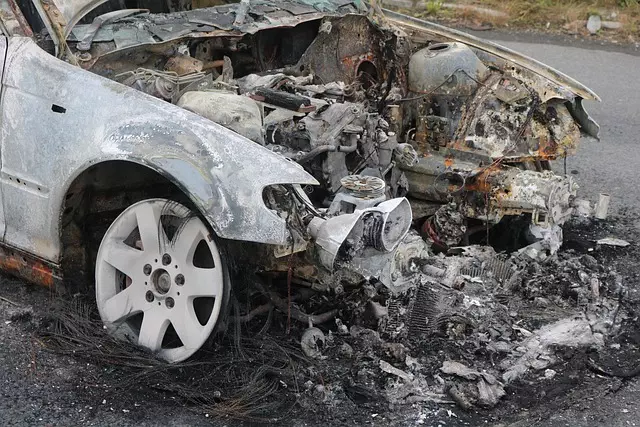
In Brooklyn, bus company liability cases are governed by a complex interplay of state and federal la…….
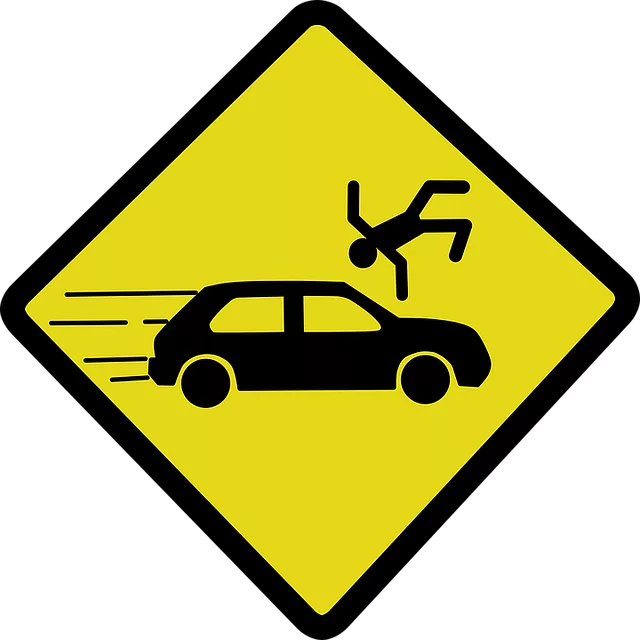
Bus Company Liability Cases in Brooklyn, NY, are prevalent due to slip and fall accidents affecting…….
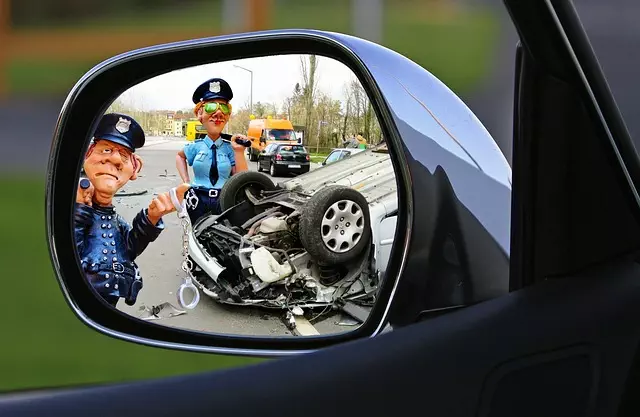
Rideshare Safety Litigation in Brooklyn focuses on holding bus companies accountable for their safet…….
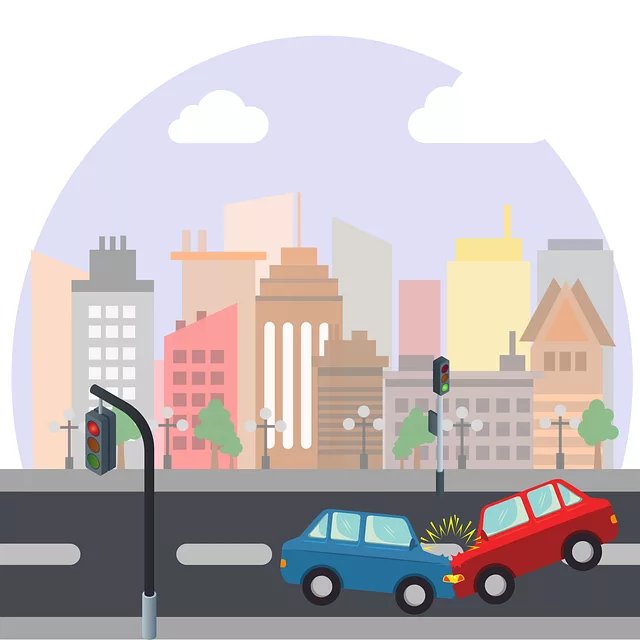
In Queens and Brooklyn, New York, understanding taxi cab and bus company liability laws is crucial f…….

Robust medical malpractice laws in Manhattan protect patients and hold healthcare providers accounta…….
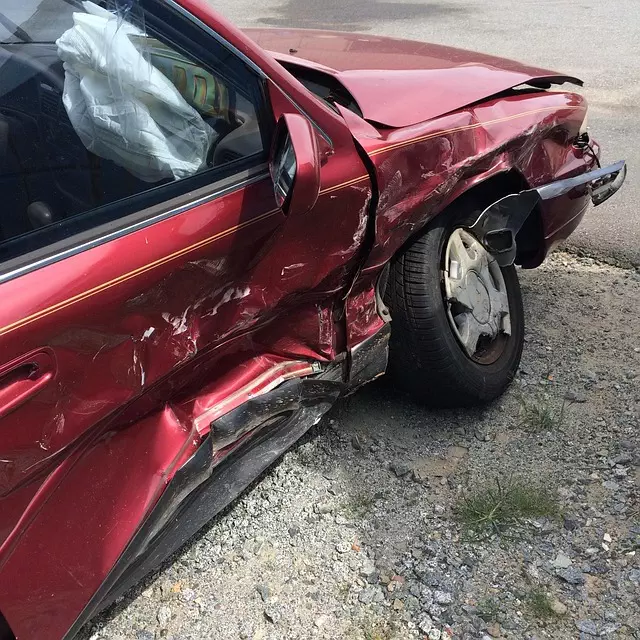
Trucking liability in densely populated areas like Brooklyn and The Bronx is a complex web of factor…….

Birth injuries in New York City, especially Brooklyn, often lead to complex legal battles through Bu…….

Bus company liability cases in Brooklyn have gained prominence due to their focus on passenger safet…….

In Brooklyn, bus company liability cases are governed by state and local laws prioritizing passenger…….